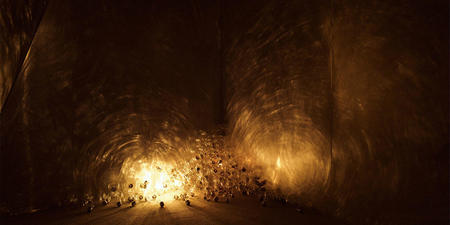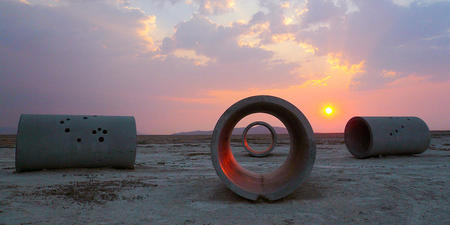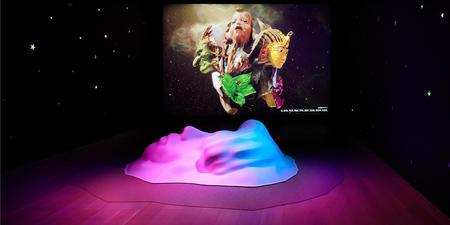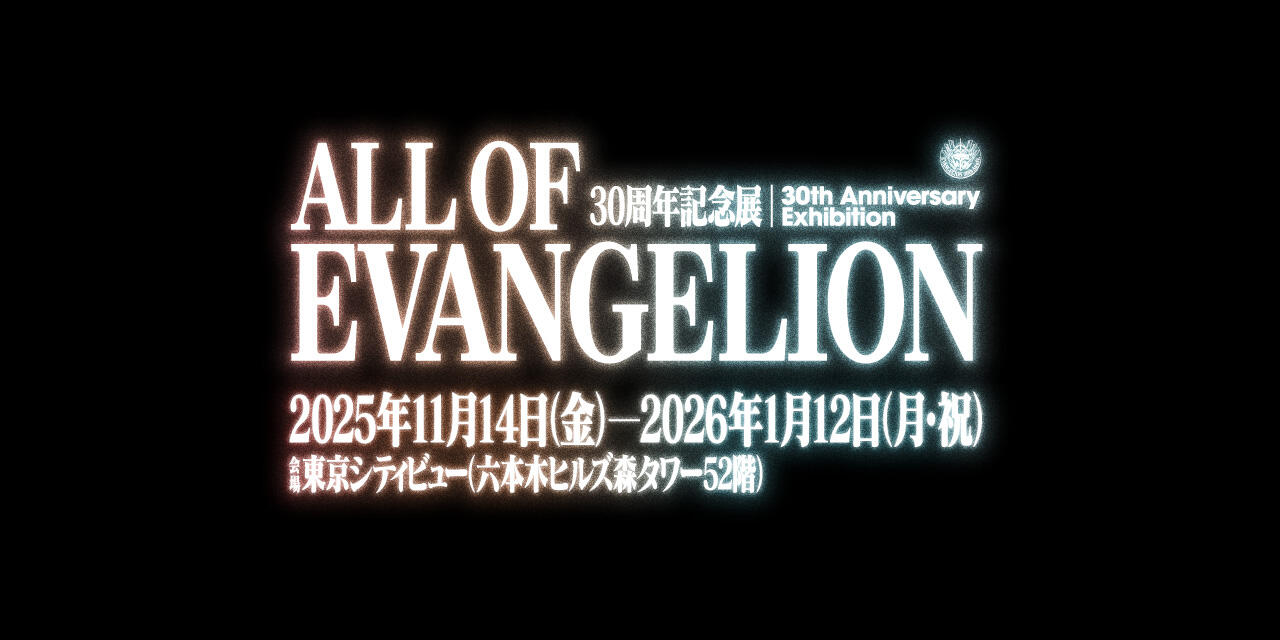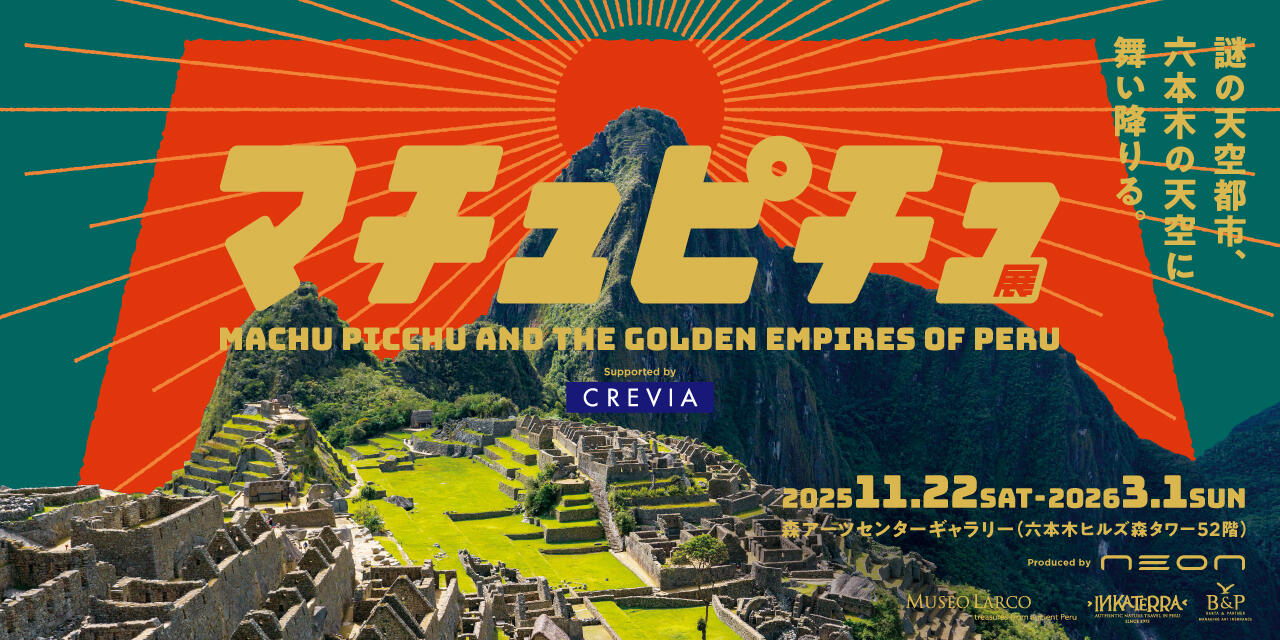Examining Aspects of Society Made Visible by the Pandemic
Using the COVID-19 pandemic as the starting point for discussion, the team of four curators has structured Roppongi Crossing 2022 around three timely topics.
1. Viewing the Familiar Afresh
The pandemic has made us far more aware of the minutiae of everyday life and the environments in which we live. This tendency is perhaps an extension of the heightened interest in nature and the environment in Japan following the Great East Japan Earthquake tsunami, and the Fukushima nuclear disaster in 2011. It is now up to us to channel this greater awareness into our thoughts about the future. Among the highlights of Roppongi Crossing 2022 are: AKI INOMATA’s series of sculptures made of lumber chewed by beavers; the work of Ichihara Etsuko, who imagines a fantastical future based on pandemic-prompted lifestyle changes; Tamayama Takuro’s installations that transform our everyday surroundings; the large sculptures of Aoki Noe inspired by natural phenomena; and an installation with photographs taken by Takeuchi Kota in Fukushima’s radioactive exclusion zone.
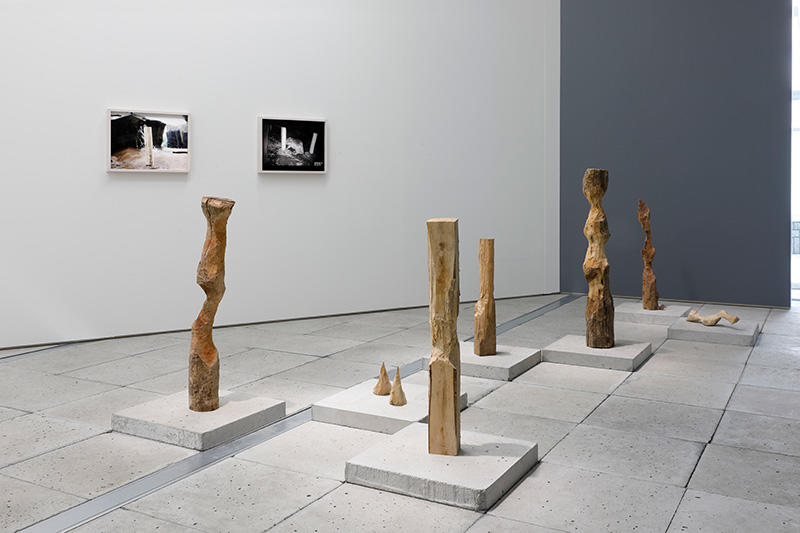
How to Carve a Sculpture
2018-
Installation
Dimensions variable
Courtesy: Contemporary Art Foundation, Tokyo
Installation view: How to Carve a Sculpture, Contemporary Art Foundation Secretariat, Tokyo, 2021
Photo: Kioku Keizo

How to Carve a Sculpture
2018-
Installation
Dimensions variable
Courtesy: Contemporary Art Foundation, Tokyo
Installation view: How to Carve a Sculpture, Contemporary Art Foundation Secretariat, Tokyo, 2021
Photo: Kioku Keizo
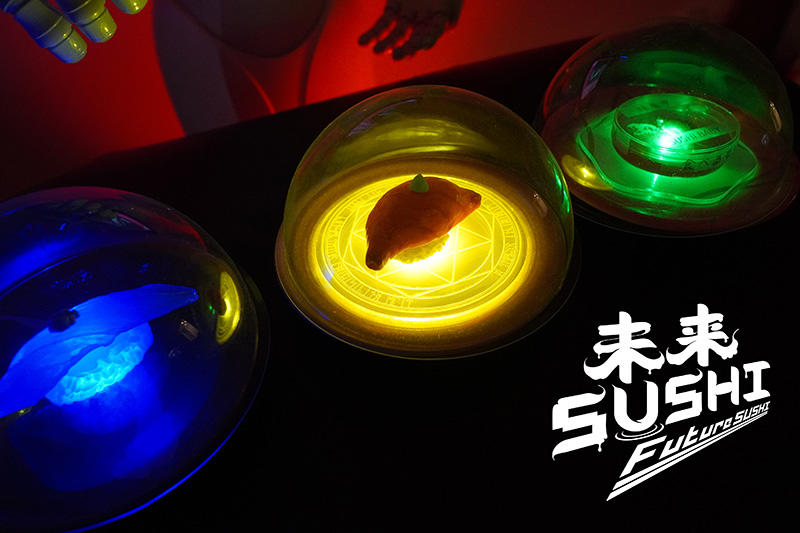
Future SUSHI
2022
Food sample, tableware, conveyor, electronic part, humanoid robot, 3D-printed material, acrylic, wood, and others
Dimensions variable

Future SUSHI
2022
Food sample, tableware, conveyor, electronic part, humanoid robot, 3D-printed material, acrylic, wood, and others
Dimensions variable
2. Living with a Variety of Neighbors
Remote communication has given us more working options, even allowing us to live across multiple locations. The changes brought about by the pandemic have varied depending on individuals and their personal circumstances, their homes, and the broader social conditions, and we have come to realize how diverse those around us actually are.
This exhibition features the paintings of O JUN, who examines a changing world populated by different types of people; portrait photography by Kanagawa Shingo, who reunited with his then-missing aunt and subsequently documented her in photographs; and a video work by KYUN-CHOME that depicts the lives of transgender people. Amid a rapidly growing list of initiatives with diversity and LGBTQ+ concerns in mind, this exhibition contemplates the ways in which various kind of people live together in today’s society. It also seeks to grasp people’s subtle differences that lie concealed under these trending terms.
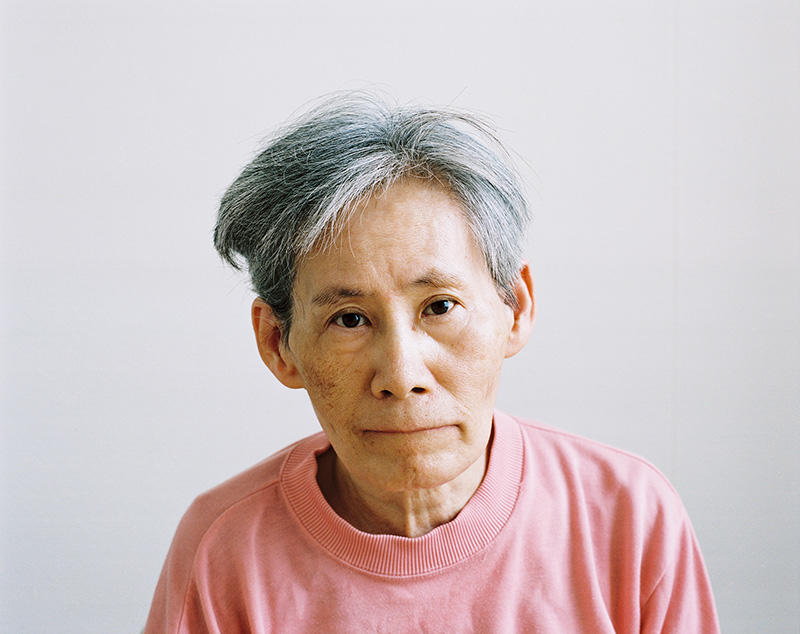
for a while
2011
Inkjet print
28.3 x 35.7 cm

for a while
2011
Inkjet print
28.3 x 35.7 cm
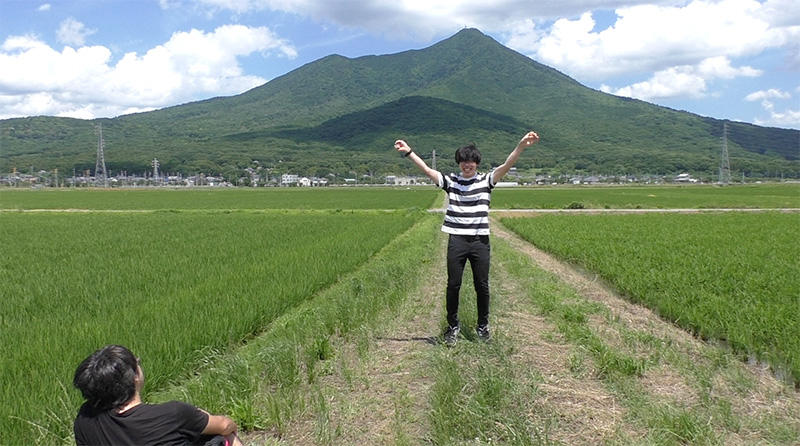
Until My Voice Dies
2019/2022
Video
32 min.

Until My Voice Dies
2019/2022
Video
32 min.
3. Shining a Light on Japan’s Cultural Diversity
The pandemic may have halted the flow of people coming into the country, but those with non-Japanese roots remain an everyday sight. Previously masked by the tourism boom, it has now become more apparent how many people with different backgrounds and ethnicities live in Japan. Due to political changes over the years and complex historical developments, those living in Japan include people of various ethnicities - Ainu, Okinawan, Chinese, and Korean, to name but a few. Amid a growing worldwide trend for reappraising the previously ethnically and culturally marginalized, it is time to belatedly shine a light on Japan’s long-standing cultural variety, and to contemplate a new era that awaits.
At Roppongi Crossing 2022, opportunities to do exactly that are provided by the works such as: Ikeda Hiroshi’s video installation featuring members of the Ainu community; photographs by Ishiuchi Miyako capturing her home of many years and neighborhood just before moving away; Oh Haji’s textile renderings of travels by sea; Han Ishu’s works similarly on the theme of migration and relocation; and works by Okinawan artists Ishigaki Katsuko and Iha Linda.
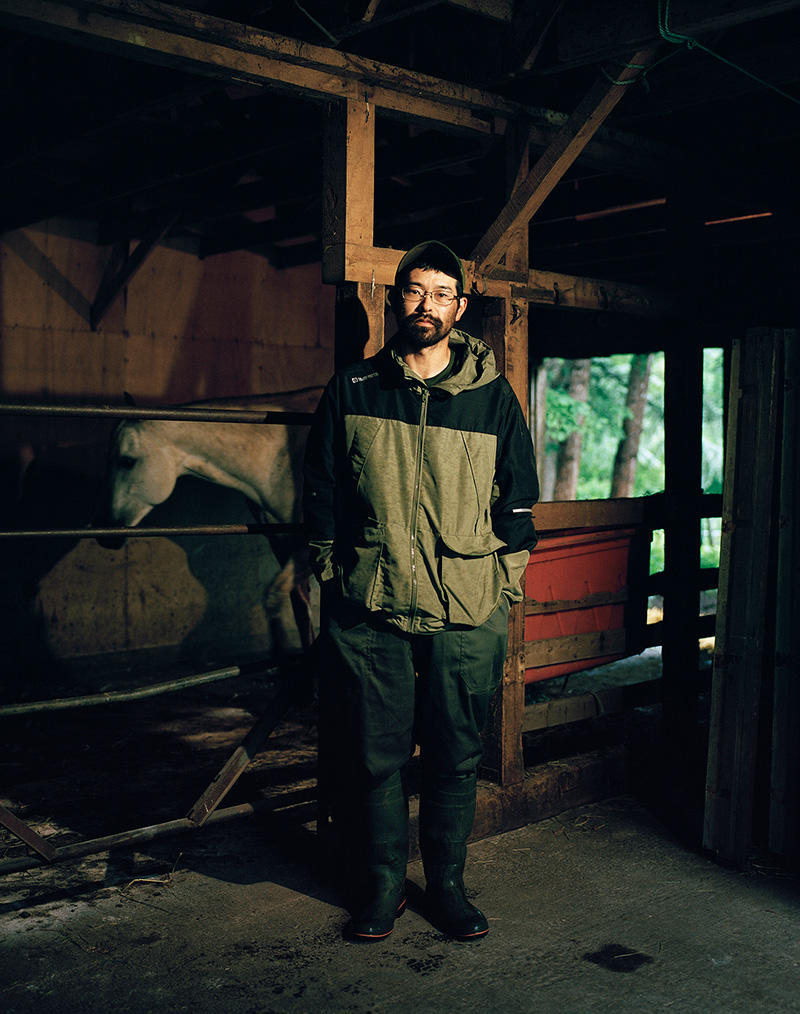
Shinsuke Shiiku July 2022, Shibetsu
(from the series “AINU 2019-2022”)
2022
Digital data
Dimensions variable

Shinsuke Shiiku July 2022, Shibetsu
(from the series “AINU 2019-2022”)
2022
Digital data
Dimensions variable
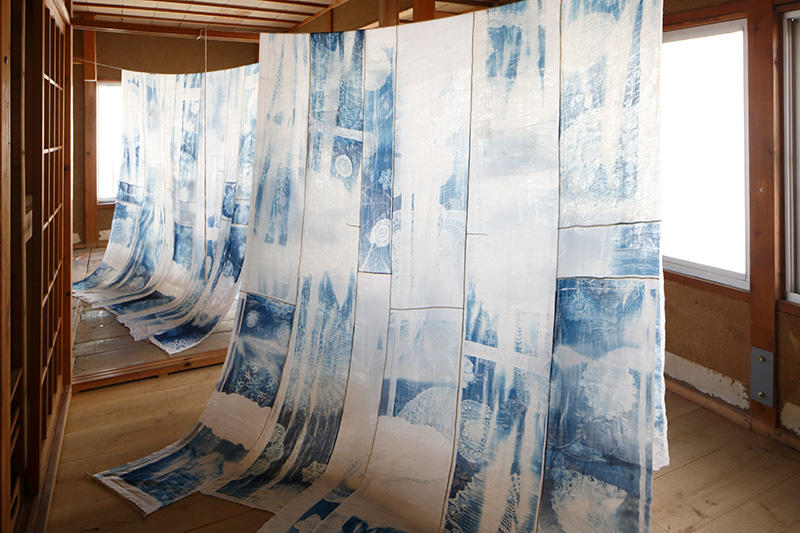
Ama’s home/boat floating on memory with the colour of emptiness
2018
Used ramie and cotton clothes from Kanazawa, linen yarn, sinker, fishhook, cyanotype print
Dimensions variable
Installation view: Culture City of East Asia 2018: Kanazawa Altering Home, 21st Century Museum of Contemporary Art, Kanazawa
Photo: Kioku Keizo
* Referential image

Ama’s home/boat floating on memory with the colour of emptiness
2018
Used ramie and cotton clothes from Kanazawa, linen yarn, sinker, fishhook, cyanotype print
Dimensions variable
Installation view: Culture City of East Asia 2018: Kanazawa Altering Home, 21st Century Museum of Contemporary Art, Kanazawa
Photo: Kioku Keizo
* Referential image



